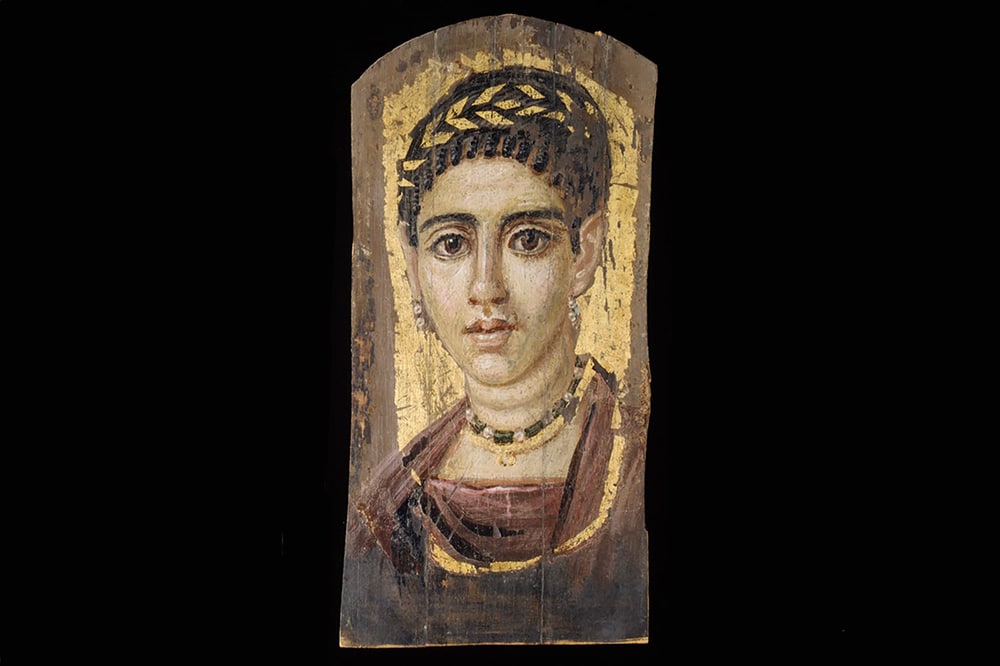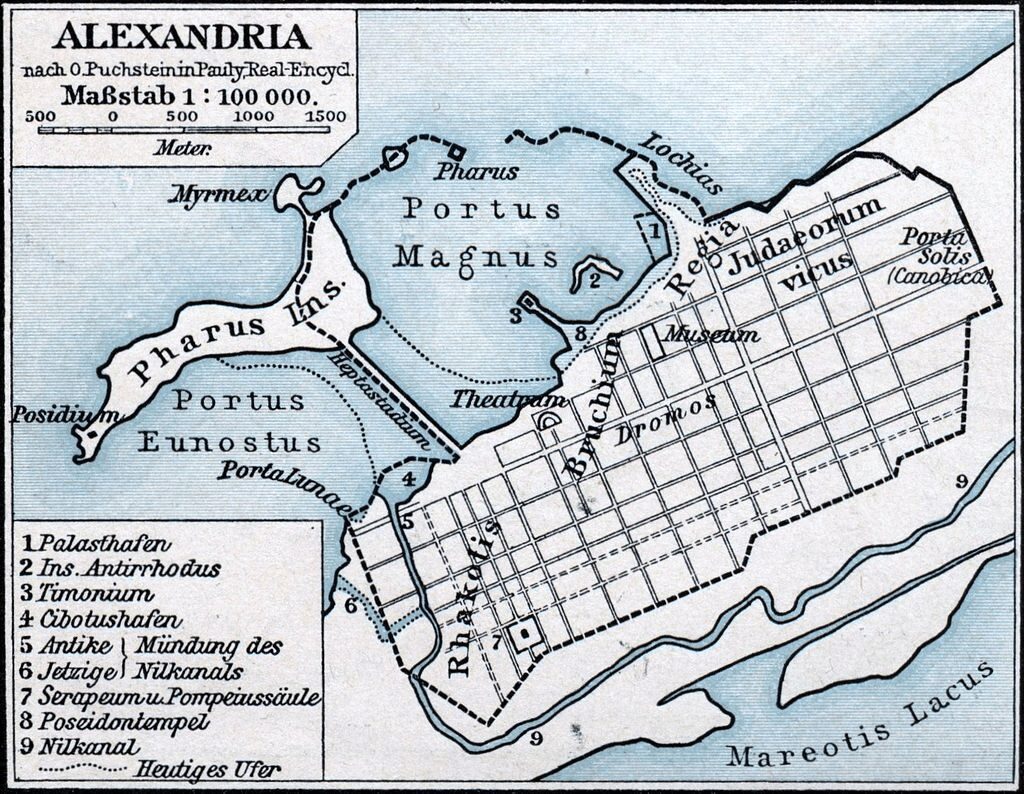WFP had paused its life-saving activities after three staff were killed in North Darfur on 15 April, the first day of clashes between the Sudanese army and the rival Rapid Security Forces (RSF).
Safety first
Ms. McCain said food distribution is expected to begin in four states – Gedaref, Gezira, Kassala and White Nile – in the coming days.
As the security situation is still highly precarious, WFP is considering locations where humanitarian access is assured, while also strongly taking security, capacity and access-related considerations into account.
“We will take utmost care to ensure the safety of all our staff and partners as we rush to meet the growing needs of the most vulnerable,” she said.
Hunger expected to rise
Ms. McCain underscored the need to end the fighting, noting that more than 15 million people were already facing severe food insecurity prior to the conflict.
She warned that numbers are expected to “grow significantly” as the unrest continues.
“It is times like this that WFP and our UN partners are needed most,” she said.
‘Breaking point’ looms
In light of the deepening humanitarian crisis in Sudan, UN Secretary-General António Guterres on Sunday dispatched his most senior aid official to the region.
UN Humanitarian Affairs Coordinator Martin Griffiths has arrived in Nairobi, Kenya, and is expected to travel to Sudan soon.
Prior to departing for the region, he said the situation in Sudan “is reaching breaking point”, as people struggle to access essentials such as water, food, fuel and medical care.
Meanwhile, senior officials from the UN and partners held a virtual briefing on Monday to update the international community on the humanitarian response to the crisis.
‘A full-blown catastrophe’
With a population of 48 million, Sudan is the third most populous country in Africa.
Roughly one third of all people, nearly 16 million, required humanitarian assistance prior to the conflict, and some 3. 7 million were displaced, mostly in Darfur.
The conflict is turning this humanitarian crisis into “a full-blown catastrophe”, Abdou Dieng, the top UN aid official in the country, told ambassadors attending the briefing.
Hundreds of people have been killed since the fighting erupted just over two weeks ago. Tens of thousands have fled to safety, both inside and outside Sudan, while millions more have been confined to their homes, unable to access basic services.
Mr. Dieng said that despite the dire conditions, humanitarians continue to deliver life-saving assistance. Through partners, they have been providing healthcare as well as distributing supplies, medicine, water and fuel to hospitals, for example.
‘Unwavering’ humanitarian commitment
“Our commitment to the people of Sudan remains unwavering,” he said, speaking from Port Sudan on the Red Sea coast. A core UN team is now based in the city following the relocation and evacuation of staff last week from the capital, Khartoum, and elsewhere in the country.
However, he noted that humanitarian capacity has been considerably impacted by the conflict, with many offices, vehicles, warehouses looted and destroyed. WFP alone lost 4,000 metric tonnes of food in Nyala, South Darfur.
Negotiating safe access
Mr. Dieng said humanitarians are assessing how they can operate under the current circumstances in Sudan.
They are developing a plan to scale-up activities which will also cover issues such as the movement of emergency items and staff into Port Sudan and other accessible areas, and negotiating safe access for aid delivery.
A crisis response hub has also been established in Nairobi, Kenya, to support operations. The expert team, which includes specialists in civil-military coordination, stand ready to deploy as soon as Sudan’s borders reopen.
“In the wake of large scale of looting and violence, we are working to identify ways to bring into the country supply to replenish our stockpile, so that we can deliver aid to those in need as soon as it is safe to do so,” he said.
Sustained ceasefire crucial
The senior UN official urged Member States to reinforce the importance of a sustained ceasefire. He also underlined the need for “flexible funding” to ensure that the humanitarian response will continue.
“We ask donors to accept the increased risk which may be associated with this in the short term to enable us to save lives,” he said.
People displaced by conflict in Sudan queue for aid on arrival in Chad.
Concern over regional impact
Meanwhile, the regional spillover effect of the conflict remains a serious concern. The fighting has displaced Sudanese citizens but also South Sudan refugees and third country nationals living in the country.
The UN refugee agency, UNHCR, estimates that some 73,000 people have already fled to neighbouring countries such as Chad, Egypt, South Sudan, the Central African Republic, Ethiopia and Eritrea.
Some 815,000 could flee
Raouf Mazou, UNHCR High Commissioner for Operations, warned that numbers could swell unless the crisis is resolved quickly.
“In consultation with all concerned governments and partners, we’ve arrived at a planning figure of 815,000 people that may flee into the seven neighbouring countries,” he said.
UNHCR estimates that the majority, 580,000, will be Sudanese, with 235,000 South Sudanese seeking to return home “in what we would label as adverse conditions”.
Chad welcomes more refugees
Mr. Mazou thanked the neighbouring countries that have taken in people escaping the chaos in Sudan.
So far, 30,000 have found shelter in Chad, which was already hosting some 400,000 Sudanese refugees. The new arrivals are mainly located in villages close to the border.
UNHCR is coordinating its response jointly with the Government and partners, and immediately deployed emergency teams to the region.
The agency also reinforced supplies of core relief items, such as sleeping mats, soap and cooking utensils, and has increasing activities in the areas of registration, protection and border monitoring.
South Sudan returnees
More than 20,000 new arrivals were registered in South Sudan as of Saturday. Nearly 90 per cent are nationals who have returned home, though overall numbers are likely to be higher.
UNHCR is again working with partners, in particular the UN migration agency IOM, to respond to the influx and prepare for larger numbers should the conflict in Sudan wear on.
Exodus to Egypt
Mr. Mazou estimated that Egypt has received about 14,000 refugees so far.
UNHCR and partners have established a humanitarian service point on the southern border providing logistics and logistical health, and humanitarian support.
“The Egyptian Red Cross is responding to about 1,000 people arriving every day, and the needs are primarily related to water, food and health,” he added.
Refugees inside Sudan
Meanwhile, Sudan was already hosting 1.3 million refugees before the fighting broke out – one of the largest refugee populations on the content.
Most came from South Sudan, Eritrea, Ethiopia and Syria, and were mainly living in host communities and urban areas, although others stayed in camps in eastern Sudan, White Nile and Darfur.
Due to insecurity, UNHCR was forced to temporarily halt activities in Khartoum, the Darfur States and elsewhere in the country, though officers have remained in contact with some leaders and members of refugee communities.














